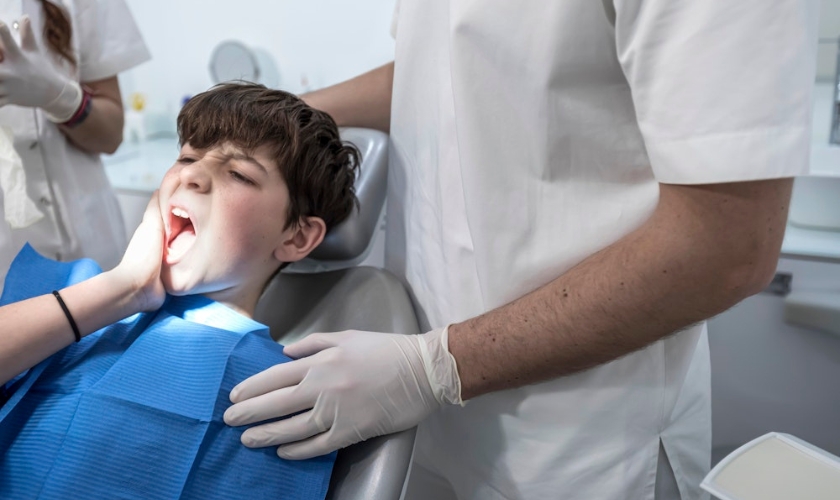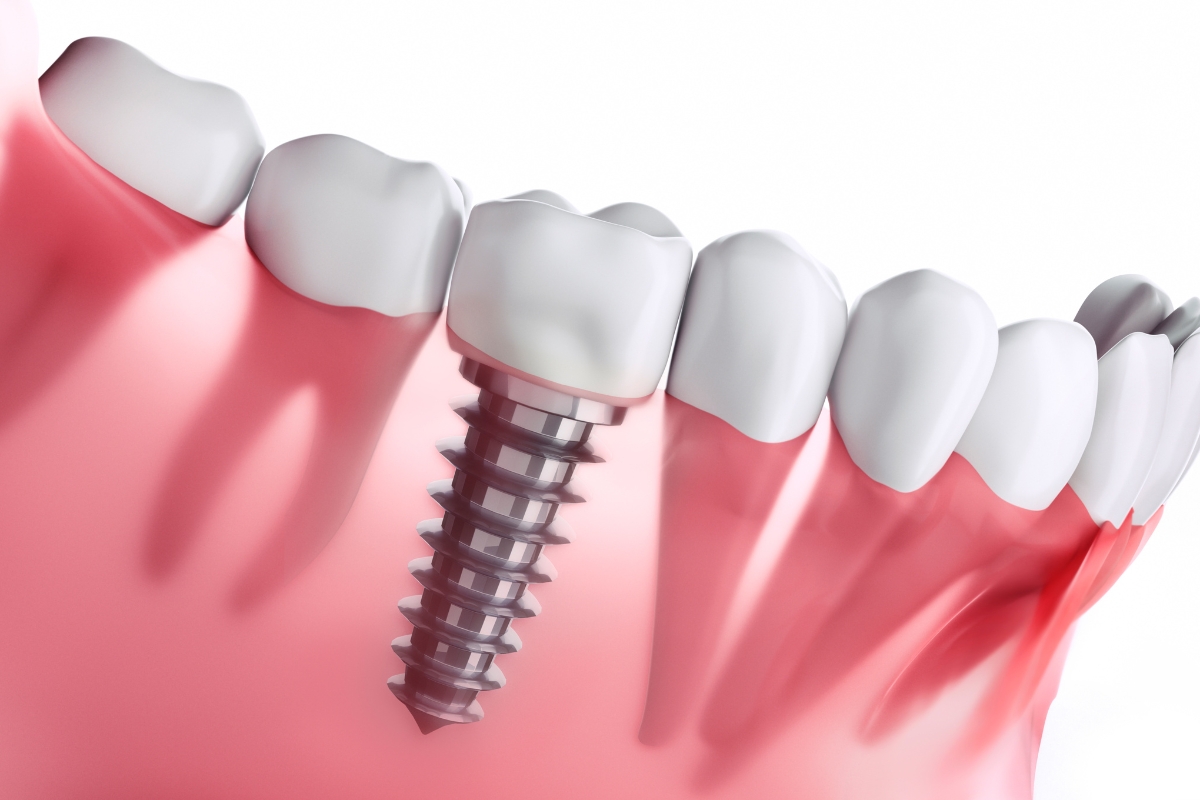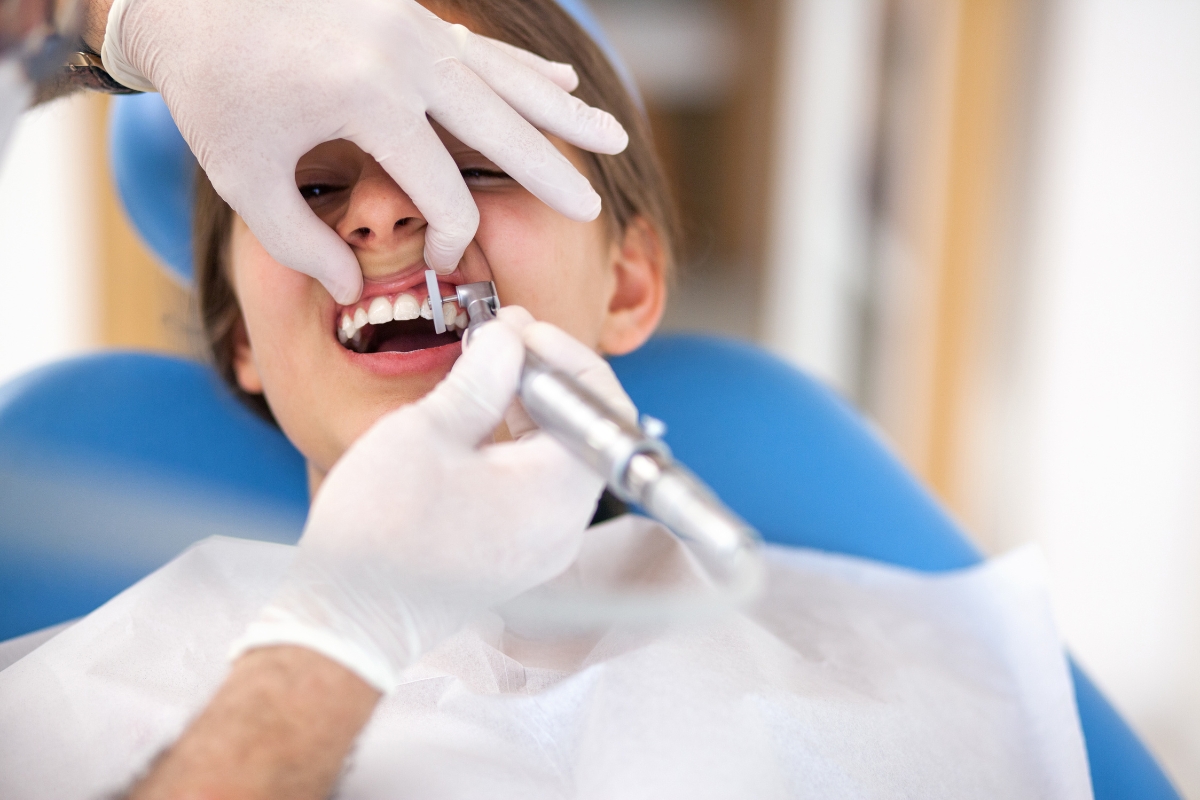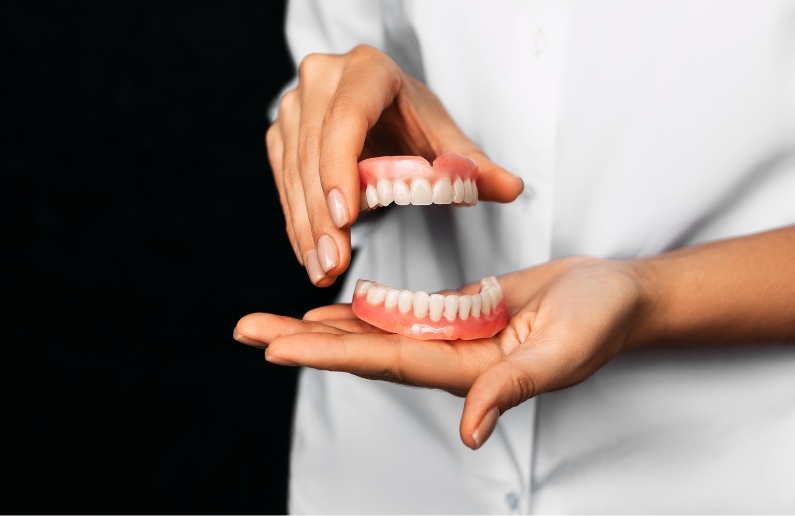
Emergency Tooth Extraction: When to Seek Immediate Care?
September 20, 2024
Tooth Extractions
Toothaches can be seriously painful, but what happens when they get so bad you need an emergency tooth extraction? Whether it’s a sudden sharp pain that leaves you wincing or an accident that knocks out your tooth, emergency dental care can save your smile (and your sanity). In this blog, we’ll break down everything you need to know about emergency tooth extraction—why it’s needed, when you should rush to the dentist, and what to expect during the process. So let’s dive into it!
Breaking Down Emergency Extractions
We all know dental issues can catch you off guard, but when do you know it’s time for an emergency tooth extraction? It’s not your typical “I’ll handle it later” scenario—this is when things get real. Imagine it as a dental emergency room visit: your tooth is so damaged, infected, or causing major pain that the only solution is to remove it ASAP. Whether it’s to stop a nasty infection from spreading or to relieve severe discomfort, emergency extractions are about acting fast to save your smile and keep dental health in check.
Some common reasons for emergency extractions
- Severe tooth decay that can’t be treated with a filling or root canal
- Advanced gum disease that has loosened the tooth
- An abscess or serious infection
- Trauma, like a broken or knocked-out tooth
- Impaction (especially with wisdom teeth)
Now that we’ve got the basics down, let’s get into the nitty-gritty of when to seek immediate care.
When Should You Seek Emergency Tooth Extraction?
Not every toothache means you need an extraction, but there are certain red flags that scream “get to the dentist now!” Here are some signs you should be on the lookout for:
1. Unbearable Pain
Tooth pain can be tough to handle, but if it gets so bad that even painkillers don’t help, it’s time to get checked. Extreme pain could mean a tooth is too damaged to repair, and an extraction might be your best option.
2. Visible Damage or Trauma
A cracked, chipped, or knocked-out tooth needs immediate attention. In some cases, if the damage is too extensive, an extraction is the only way to prevent infection and further harm to your mouth.
3. Severe Swelling or Abscess
If your gums are swollen or if you have an abscess (a pocket of pus caused by infection), you could be dealing with something serious. Left untreated, the infection could spread to other parts of your body, making an emergency extraction a necessity.
4. Loose Teeth from Gum Disease
Gum disease can wreak havoc on your teeth. If you notice your tooth is loose due to advanced gum disease (aka periodontitis), you might need an extraction to stop the damage from spreading.
5. Wisdom Tooth Problems
Wisdom teeth have a reputation for causing issues. If your wisdom tooth is impacted, infected, or causing unbearable pain, your dentist might recommend an emergency extraction.
What Happens During an Emergency Tooth Extraction?
Now that you know when you need to head to the dentist, let’s talk about what actually happens during an emergency extraction.
1. Evaluation
First, your dentist will evaluate your tooth and the surrounding area, sometimes using X-rays to assess the extent of the damage. Based on the findings, they’ll decide if an extraction is necessary.
2. Numbing the Area
Before getting down to business, the dentist will make sure you’re as comfortable as possible by numbing the area around the tooth. If you’re feeling particularly anxious, they might offer sedation options to help you relax.
3. The Extraction Process
Once you’re numb, the dentist will remove the tooth. For simple extractions, this means loosening the tooth with a tool called an elevator and then pulling it out. If the tooth is impacted or broken, a surgical extraction may be necessary. This involves making a small incision in the gum to fully remove the tooth.
4. Aftercare and Recovery
After the tooth is out, your dentist will pack the area with gauze to stop the bleeding and give you aftercare instructions. Typically, you’ll be told to avoid eating on the affected side, steer clear of smoking or drinking alcohol, and follow any prescribed medication protocols. Recovery time varies but usually takes a few days to a week.
Risks of Avoiding an Emergency Tooth Extraction
Think ignoring a serious tooth issue is no big deal? Think again. Avoiding an emergency extraction can lead to a whole list of unpleasant consequences, including:
- Infection: If an abscess or decay is left untreated, it can spread to other parts of your body, leading to serious health issues.
- Worsened Pain: Tooth pain doesn’t magically disappear on its own. Ignoring it will only make things worse in the long run.
- Damage to Other Teeth: A damaged or decaying tooth can affect the surrounding teeth, putting your entire smile at risk.
So, if you’re feeling like you can “tough it out,” consider the bigger picture—it’s always better to deal with the problem head-on (or tooth-on, in this case!).
Preventing the Need for Emergency Extractions
No one wants to end up in a situation where they need an emergency extraction. While some causes (like accidents or wisdom teeth issues) are unavoidable, there are essential steps you can take to lower your chances of needing an emergency tooth pull:
- Maintaining good oral hygiene: Brush twice a day, floss regularly, and use mouthwash to keep plaque and bacteria at bay.
- Scheduling regular dental checkups: Seeing your dentist for routine cleanings and exams can help catch small issues before they turn into big problems.
- Protecting your teeth from injury: If you play contact sports, wear a mouthguard. You should limit chewing on hard objects like ice or popcorn kernels that can cause cracks or chips.
- Don’t ignore tooth pain: If something feels off, don’t wait it out—schedule a visit to your dentist. The earlier you catch a problem, the more likely it can be fixed without an extraction.
Emergency tooth extractions might sound scary, but they’re sometimes necessary to protect your health and give you relief from pain. Recognizing the signs that you need immediate care, understanding the process, and knowing what to expect afterward can make the experience much less intimidating. And, by staying on top of your oral hygiene and by scheduling regular dental visits, you can lower your chances of needing an emergency extraction in the first place. Stay proactive, take care of your teeth, and remember—your dentist is there to help when things go wrong! So, if you’re ever in doubt, don’t hesitate to call your dentist and ask for advice. Your smile is worth it!
FAQs About Emergency Tooth Extractions
A: You won’t feel pain during the extraction because the dentist will numb the area. However, some discomfort afterward is normal. Your dentist will provide pain relief options to help manage it.
A: Most people recover from an emergency extraction within a week. You might feel sore for a few days, but following your dentist’s aftercare instructions will help speed up the healing process.
A: If you’ve been given local anesthesia, you’ll likely be okay to drive. However, if you’ve had sedation or general anesthesia, you’ll need someone to drive you home.
A: Most general dentists can perform emergency extractions, but in complex cases, you may be referred to an oral surgeon.
A: In some cases, yes. Treatments like root canals can sometimes save a tooth. However, if the damage or infection is too severe, extraction might be the only option.
More Blog Posts

Celebrating Dr. Ashley Dawson: Honored as One of America’s 40 Under 40 Top Dentists for 2025

Your “Use-It-Lose-It” Checklist: Getting the Most Value from Your Dental Plan

Maintaining Your Dental Implants: A Long-Term Care Guide

The Dawson Modern Dentistry Guide for Seniors in Matthews: What to Do in a Dental Emergency


